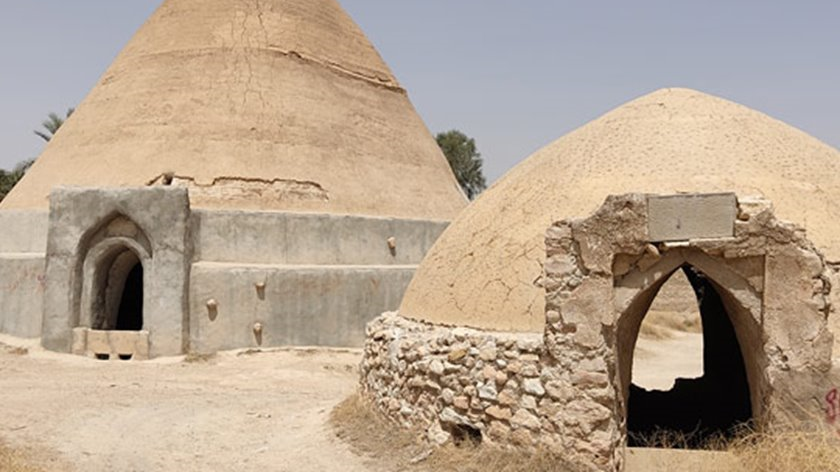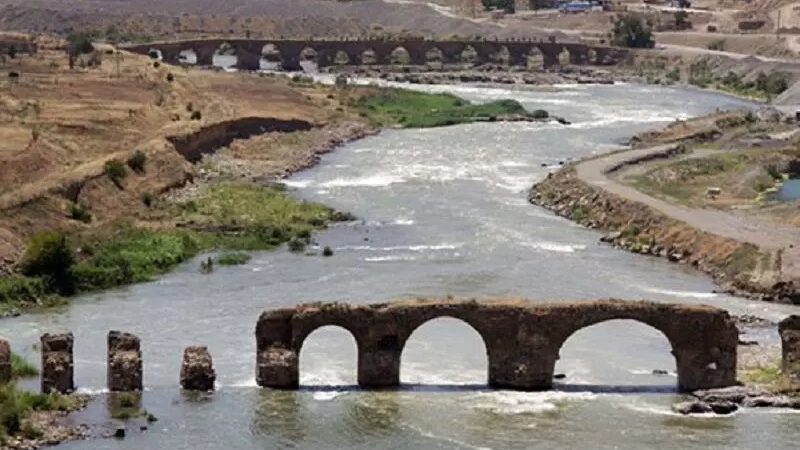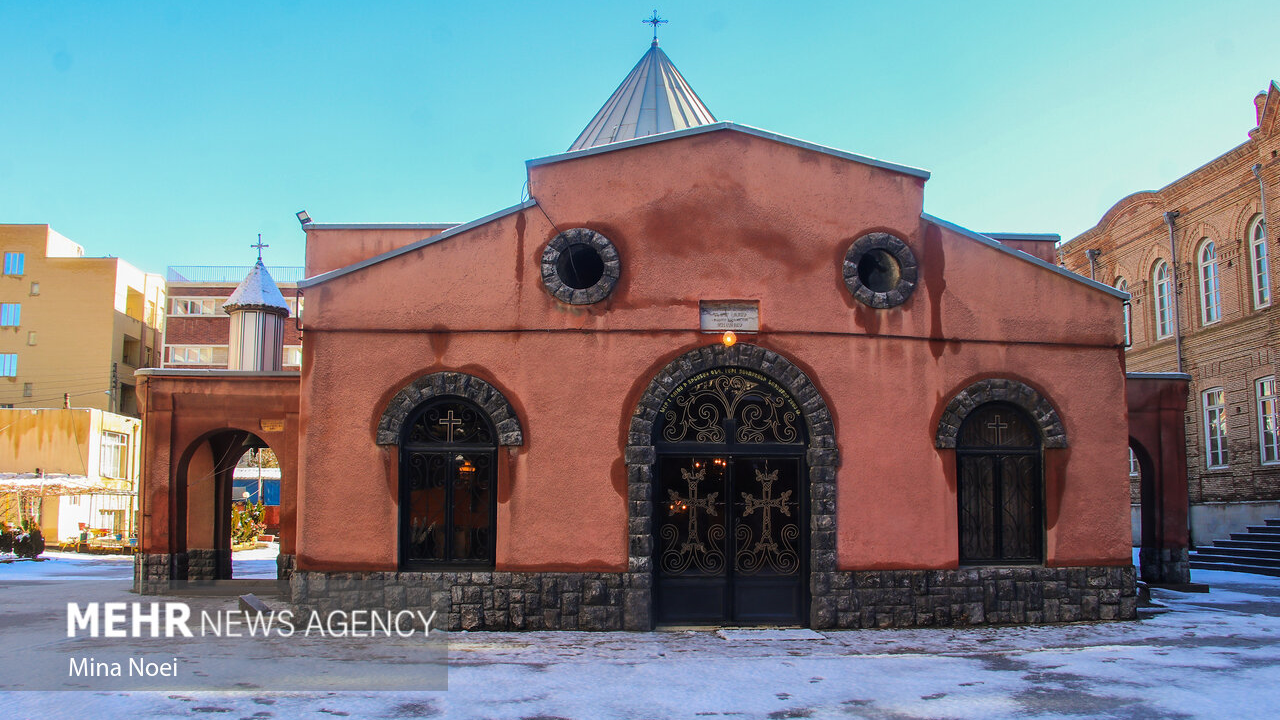Hara Biosphere Reserve — The Habitat of Trees Rooted in the Sea
Usually, because trees are sensitive to salinity, few can grow or bear fruit in regions lacking fresh water. Yet, there exists a remarkable species that not only withstands salty water but can survive only in tidal coastal zones — the “Hara” tree, also known as the Grey Mangrove (Avicennia marina). In southern Iran, several coastal areas serve as natural habitats for this hardy and graceful tree, among which the Hara Biosphere Reserve stands out. It is considered one of the most pristine and breathtaking natural attractions of southern Iran — a living symbol of adaptation, beauty, and balance between land and sea.
Characteristics of the Hara Tree — The Salt-Tolerant Wonder
The most remarkable feature of the Hara tree is its unique ability to live in harmony with seawater salinity. Its oval-shaped leaves can reach up to five centimeters in length. The tree also bears almond-shaped fruits, while its tiny golden-yellow flowers, each with four delicate petals, fill the air with a pleasant fragrance during the blooming season. A mature Hara tree typically reaches a height of three to six meters, and its vivid green leaves create a mesmerizing contrast against the shimmering surface of the water. Interestingly, the seeds germinate while still attached to the parent tree, and once they develop into small saplings, they drop into the water to begin new life , a beautiful example of nature’s resilience and renewal.
The Hara tree offers a variety of benefits. The sap within its vessels is believed to be effective in treating dry skin, while its bark has traditionally been used as a remedy for leprosy. Various parts of the tree are also utilized in the production of ink, plywood adhesive, and paper pulp, making Hara not only a symbol of resilience in nature but also a valuable resource for human life.
How the Hara Tree Lives in Saltwater
The Hara trees live in salty seawater, yet they must purify it before using it. Their roots act as natural filters, removing excess salt and sediments from the water they absorb. Remarkably, the roots also retain essential minerals needed for the tree’s growth. To expel the remaining salt, the tree transfers it to its leaves. When the amount of salt in a leaf becomes too high, the leaf detaches and falls into the water, completing the tree’s elegant and intelligent cycle of survival.
Hara Biosphere Reserve — Geography and Local Life
Within the geographical area of the Hara Biosphere Reserve, there are around 40 villages, of which 13 are located in the southern part of the region. Among them, Laft stands out as one of the oldest and most historic villages in the area. The inhabitants of these coastal settlements are mainly engaged in trade, animal husbandry, fishing, and traditional shipbuilding, sustaining a way of life deeply connected to both land and sea.
The Climate and Distribution of the Hara Tree
The Hara tree cannot survive in temperatures below five degrees Celsius, which is why it only grows in regions with a warm or mild climate. It is found along the eastern coasts of Africa, in western, southern, and southeastern Asia, as well as in Australia and parts of New Zealand. In Iran, there are eight major regions where the Hara tree grows naturally, one of the most prominent being the Hara Biosphere Reserve. This reserve covers areas in the northwest of Qeshm Island (around the Mehrān and Gūrzin river deltas), Bandar Pol, Bandar Khamir, and the northeast of Hormuz Island. The dense green leaves and interwoven branches of the Hara forests create a scene of remarkable beauty. The specific species found here, Avicennia marina, has been named in honor of the great Persian scholar Avicenna (Ibn Sina). Because the Hara tree keeps its bright green leaves throughout the year, the reserve is often described as an evergreen forest. The trees have short main roots, but many long aerial and lateral roots spread across the surface of the soil, helping them breathe and survive in the soft coastal mud.
Although the Harra Biosphere Reserve does not show great plant diversity, it serves as an excellent habitat for invertebrates, fish (32 species from 17 families), and birds. The mangrove forests provide a suitable resting place for migratory birds. Among the bird species found here are the heron, the great egret, and the coastal egret. In addition, two species of sea turtles have also been observed in this reserve.
National and International Registration of the Harra Biosphere Reserve
In 1972 (1351 SH), an area of 82,360 hectares was officially designated as a protected zone. In 1975 (1354 SH), with the addition of new sections, it was upgraded to the status of a national park. The name of this region was later inscribed on UNESCO’s list as a biosphere reserve. The pristine mangrove forests, along with the marshes and waterways of the Khoran Strait, have also been registered under the title “Khor Khuran International Wetland” within the framework of the Ramsar Convention—an international treaty adopted in Ramsar, Iran, in 1971 (1350 SH) to protect wetlands that serve as habitats for aquatic birds.

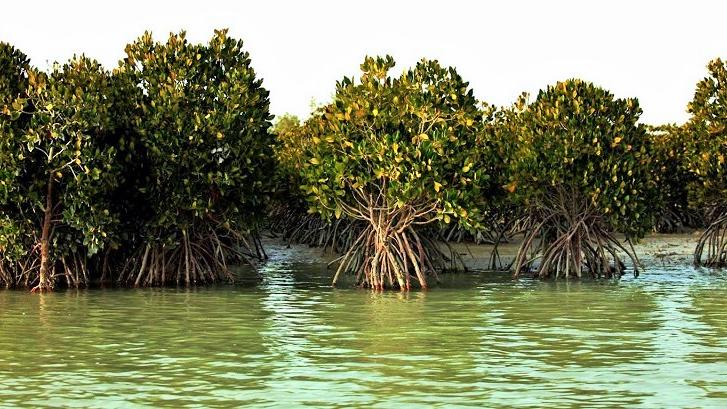
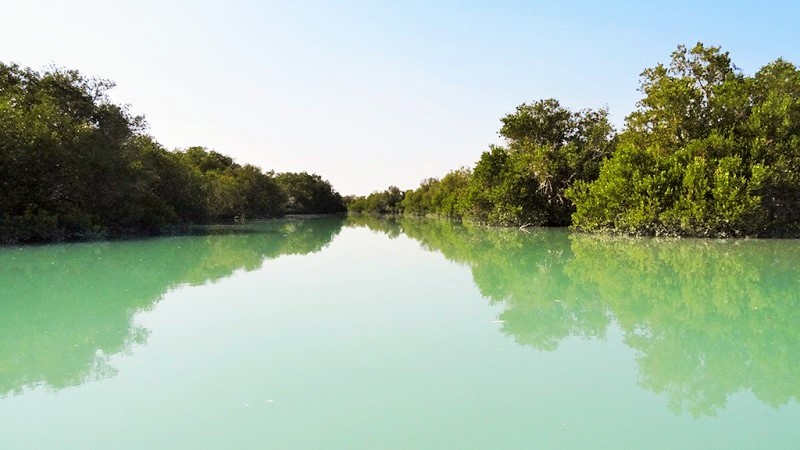
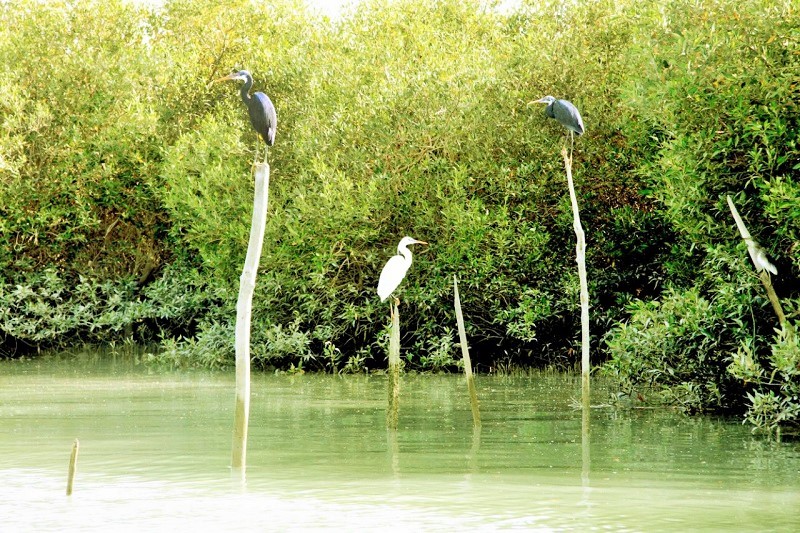
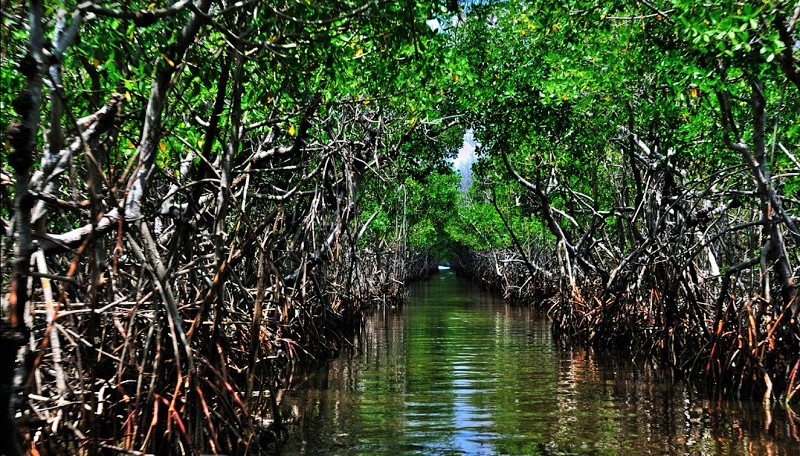




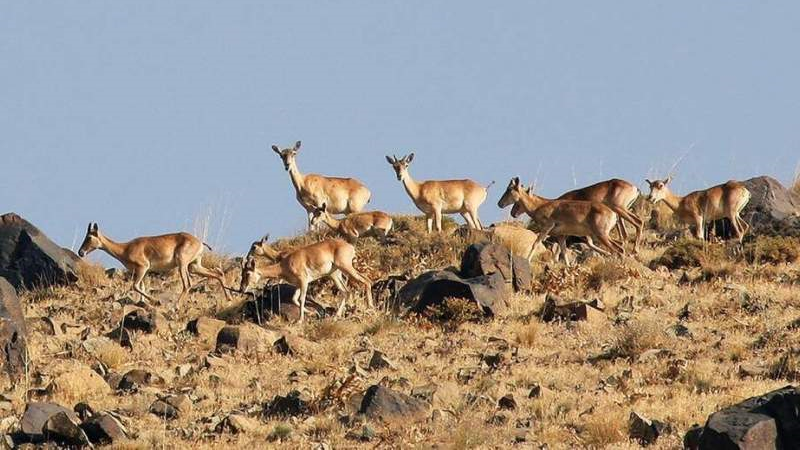
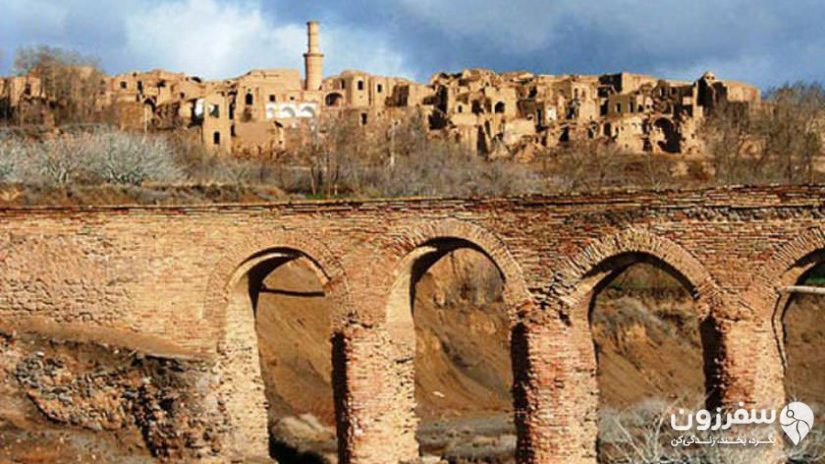
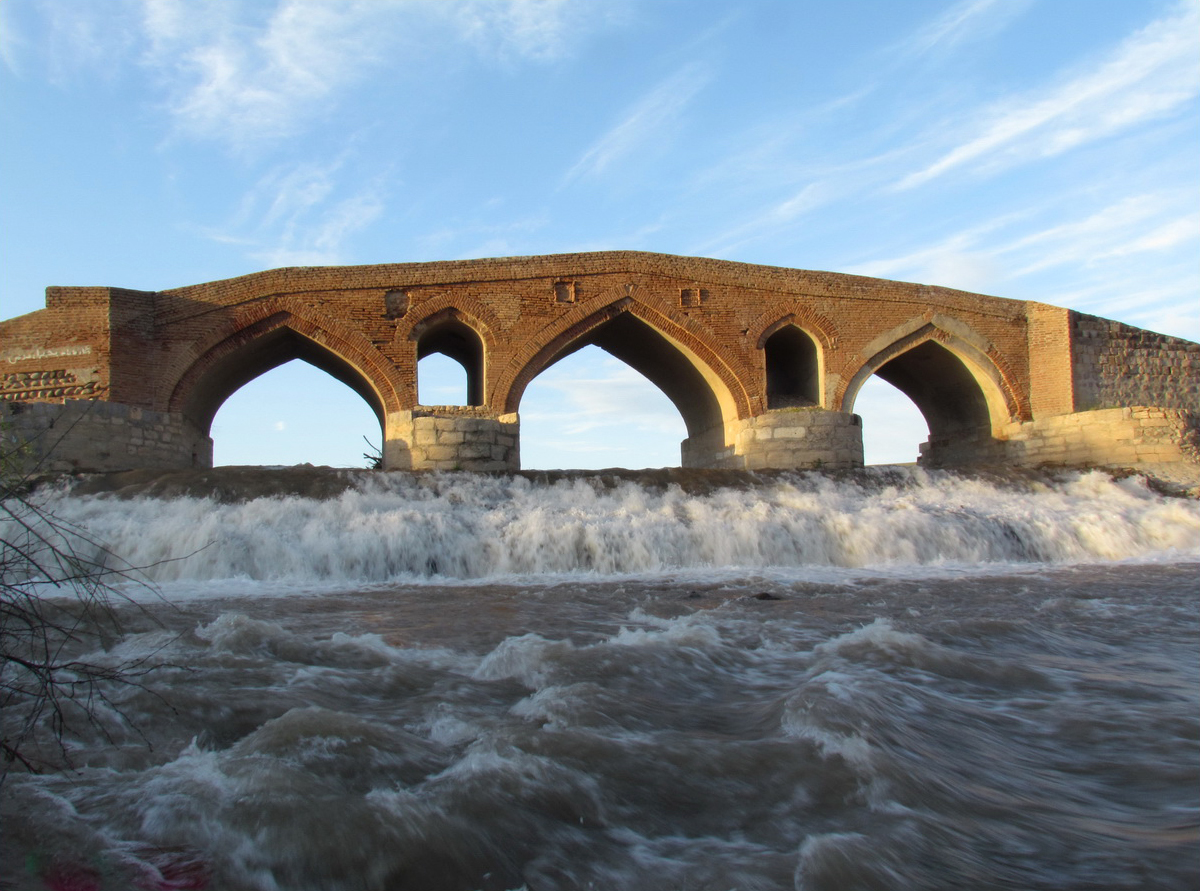
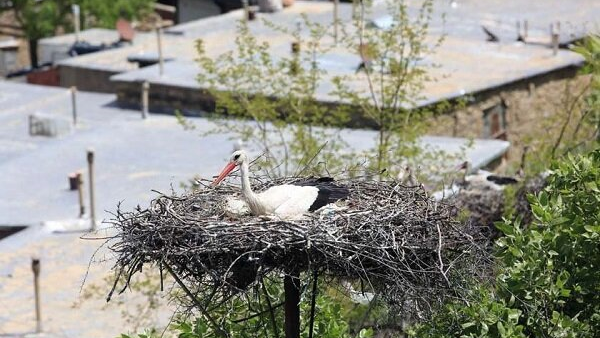
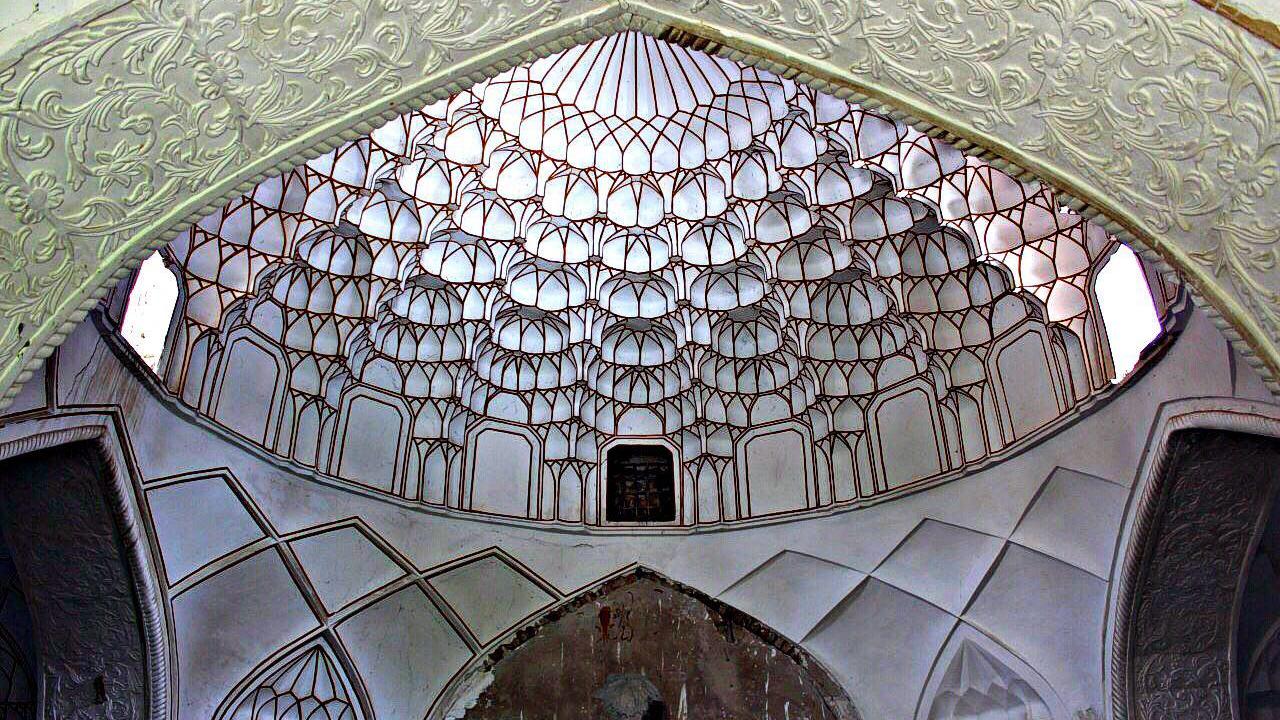
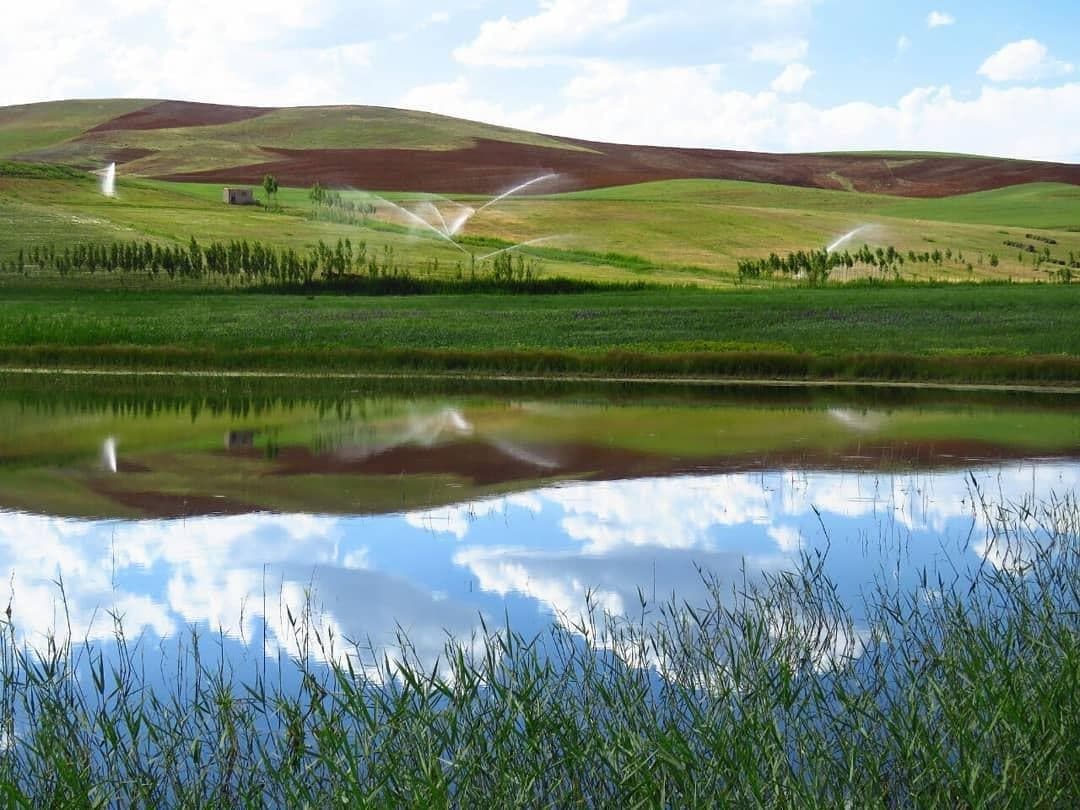

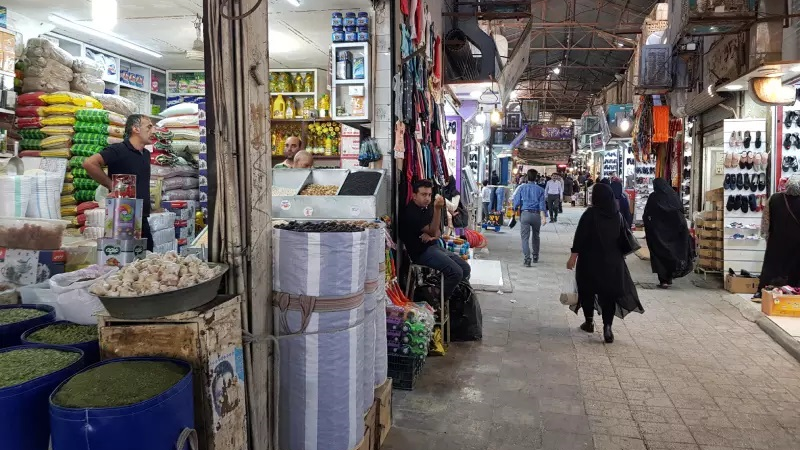
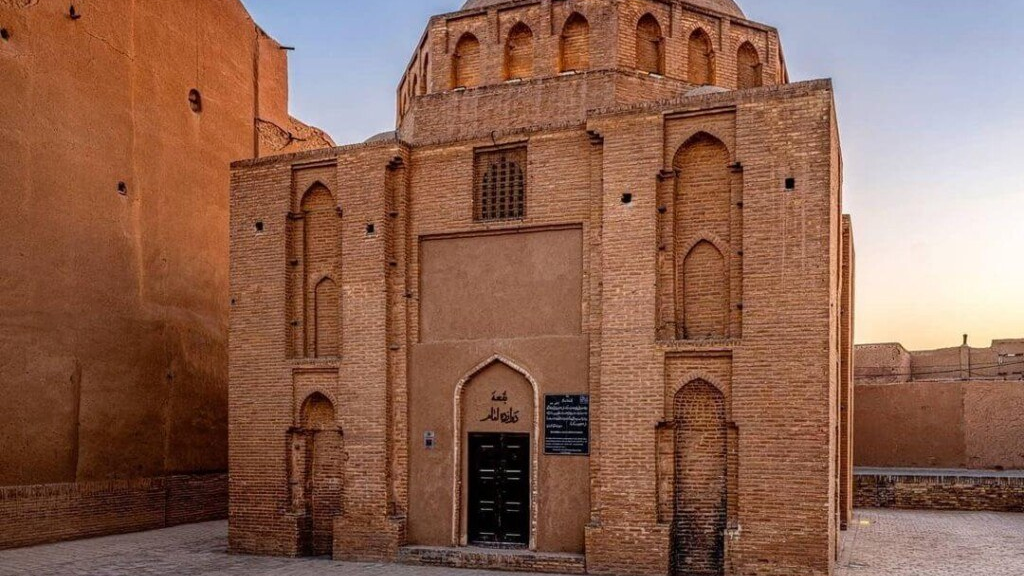

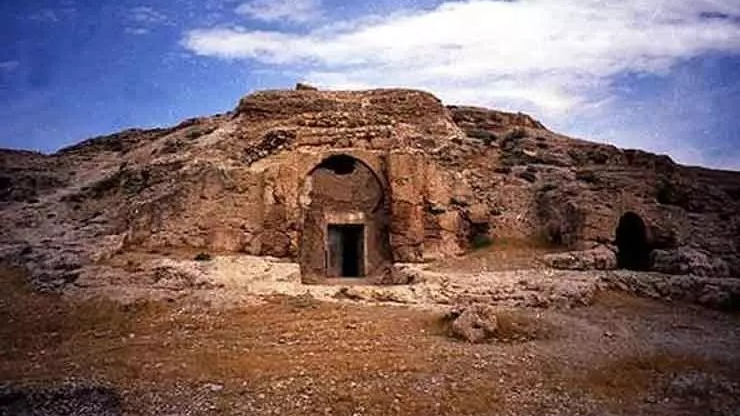
_crop_2.jpg)
